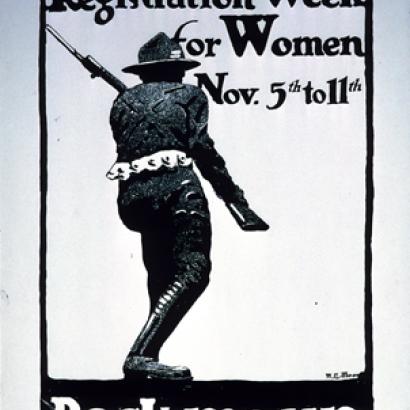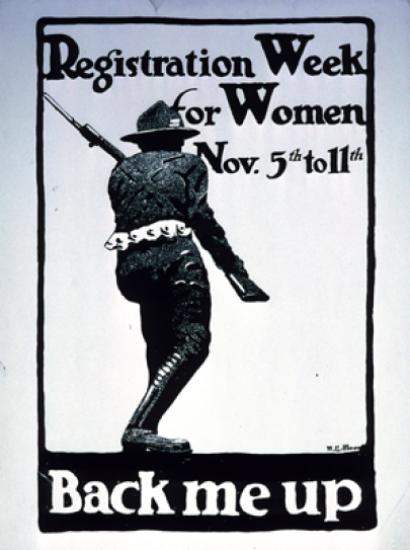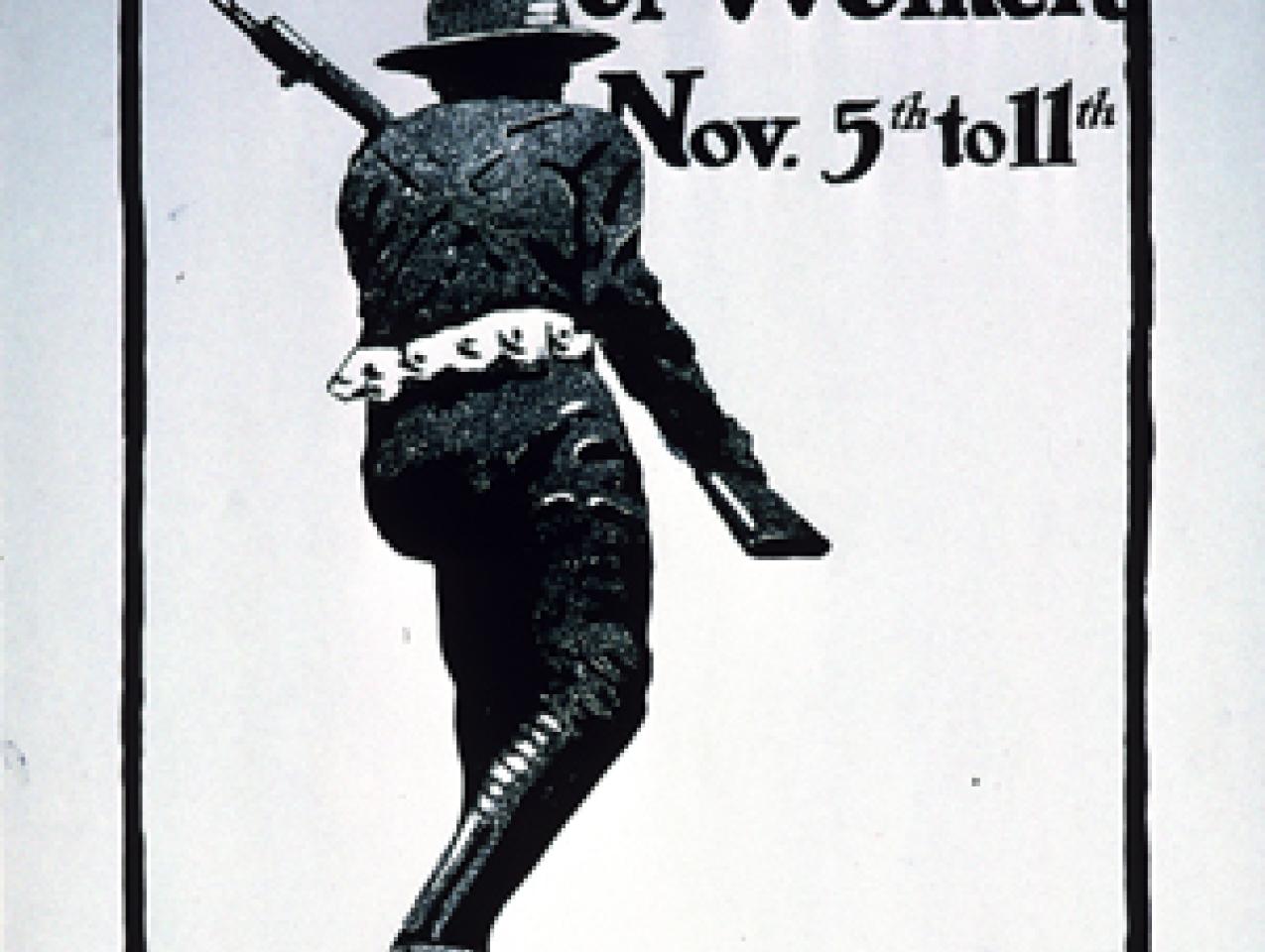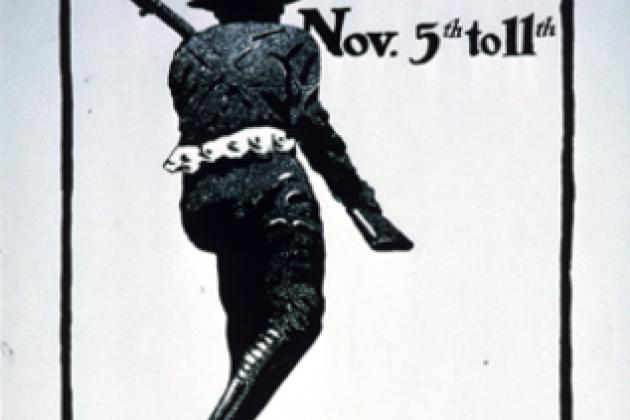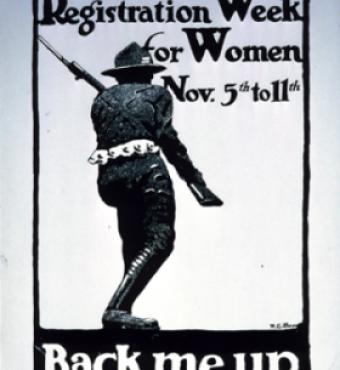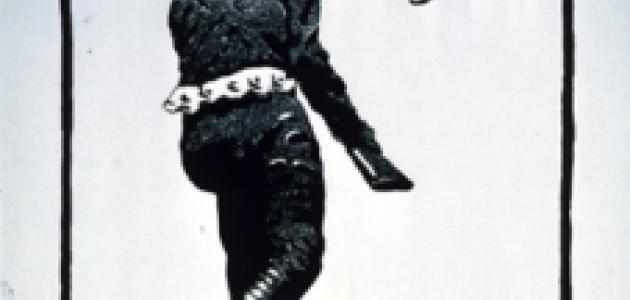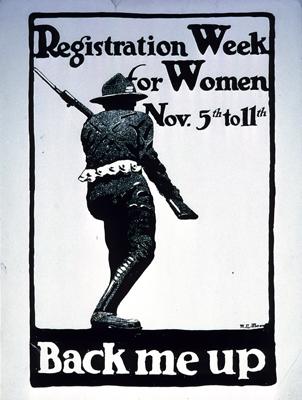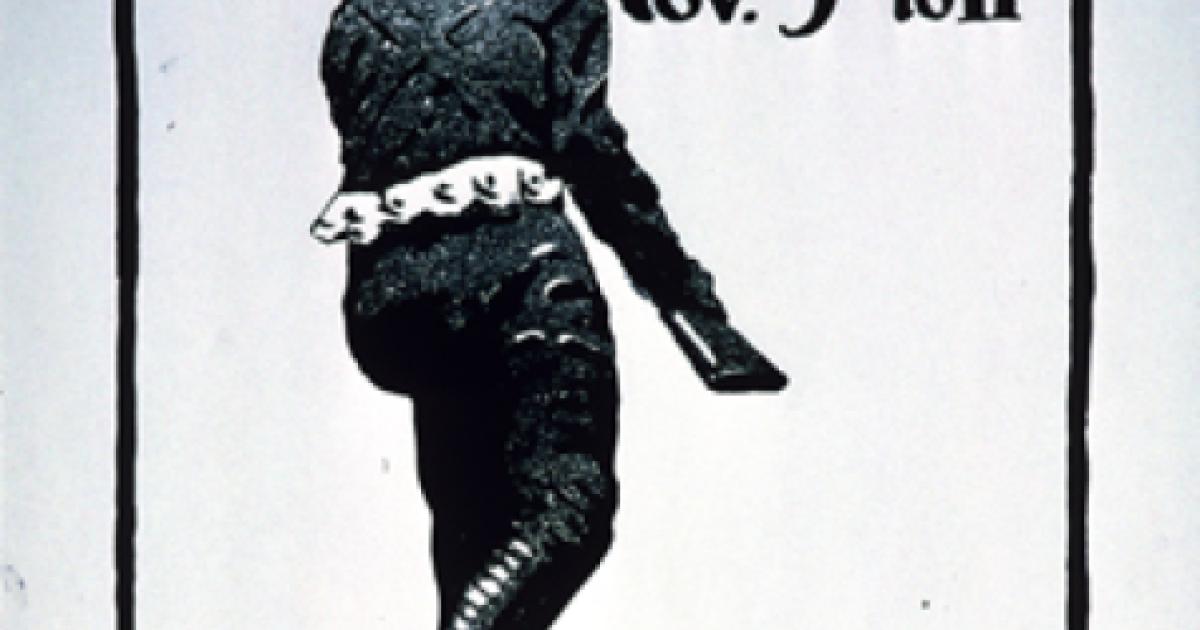- History
- Military
- Law & Policy
- Civil Rights & Race
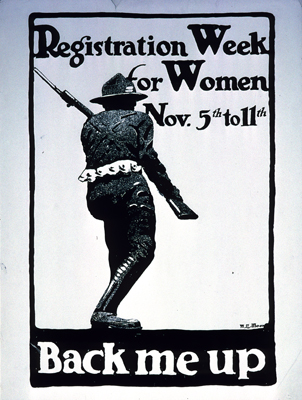
Two months ago Secretary of Defense Ashton Carter announced that all combat specialties in the armed forces would be opened to qualified females. This decision reopened the question of whether or not women should be required to register for Selective Service. In Rostker vs. Goldberg in 1981, the Supreme Court ruled that since the main purpose of the draft is to provide manpower for combat forces, the government’s exclusion of women did not violate the due process clause of the 5th Amendment. Since women can now serve in the combat arms, a legal challenge to the exclusion of women from the draft might very well succeed.
But the issue begs a larger question: Why do we keep the Selective Service machinery in place at all?
The first draft in American history came during the Civil War in 1863, when Congress passed the Enrollment Act, authorizing the drafting of soldiers to help fill the ranks of the Union Army. The draft was highly unpopular, sparking murderous riots in New York City that left 119 people dead on the streets. The ability to hire a substitute also meant that the wealthy could easily evade military service, while the poor went to the front to face their fate. The draft was not the primary means of filling the ranks; by the end of the war, only 8 percent of the Union forces consisted of draftees or substitutes.
In 1917 the United States again faced a major war, and this time the numbers required to fight on European soil dwarfed the capabilities of the voluntary recruitment system. The only way to accomplish this goal efficiently was through conscription of citizen-soldiers into the ranks. The draft was politically unpalatable, so to convince Congress to pass the legislation, the Wilson administration gave local draft boards substantial control over the process. By the end of World War I, roughly 24 million men had registered, and some 2.8 million had been drafted, nearly 60 percent of the 4.8 million Americans who served in the armed forces during the war. Wealthy citizens were prevented from hiring replacements to fight in their place, which made the World War I draft more equitable than its Civil War predecessor. After the war the Selective Service machinery went into hibernation.
The German victory over France in the summer of 1940 led the Roosevelt administration to ask Congress to enact the first peacetime draft in the nation’s history. The World War II draft was highly successful, providing roughly 63 percent of the roughly 16 million men who served in uniform during the conflict. Deferments were used to protect workers of critical wartime industries, but others were liable for wartime service.
The draft continued to provide manpower for the armed forces during the Cold War, but became highly unpopular as the Vietnam War took its psychological and physical toll on the American people. The use of educational deferments, which advantaged the wealthier classes of society, also made the draft highly unfair. The draft ended in 1973 as the last American soldiers departed Vietnam and the armed forces transitioned to an all-volunteer system of recruitment.
The Selective Service machinery was revitalized in 1980 by President Jimmy Carter. Today, male U.S. citizens and immigrant non-citizens between the ages of 18 and 25 are still required to register within 30 days of their 18th birthday.
Although some argue that the United States should eliminate the all-volunteer military and reinstitute the draft, their arguments are primarily political—that a military filled with draftees would force the president to be more cautious in going to war and when employing military forces in combat. Properly administered, however, a voluntary military filled with long-service professionals is much more combat effective than one staffed by short duration draftees. The U.S. Army and Marine Corps were strained by the wars in Iraq and Afghanistan, but they proved capable of meeting the needs of both conflicts without breaking the force.
Absent another worldwide conflict that would require millions of soldiers to fill the ranks, a return to an unpopular and inefficient draft would seem highly unlikely. Whether to require women to sign up for Selective Service, then, is a highly charged political issue, but will have no impact on the way the United States will fight its wars in the foreseeable future.







